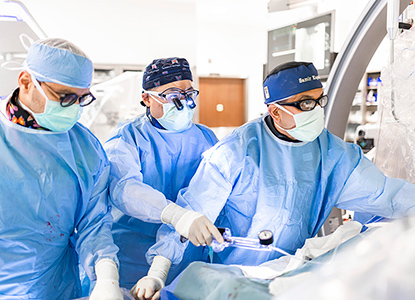
Modern Interventional Cardiology Solutions
Modern Interventional Cardiology Solutions have revolutionized the way heart diseases are treated, moving away from major surgeries toward minimally invasive catheter-based procedures. This field primarily focuses on diagnosing and treating structural heart diseases and cardiovascular conditions using small tubes called catheters. One of the most common procedures is angioplasty, which opens blocked arteries to restore blood flow to the heart. Today, interventional cardiologists use sophisticated imaging technologies like Intravascular Ultrasound (IVUS) and Optical Coherence Tomography (OCT) to view the arteries from the inside with microscopic precision. This allows for accurate placement of stents small mesh tubes that keep the artery open. The evolution from bare-metal stents to the latest generation of drug-eluting stents has drastically reduced the chances of arteries narrowing again. These solutions are life-saving in emergency settings, such as during a heart attack, where time is muscle. The ability to quickly clear a blockage without the need for opening the chest cavity has saved countless lives and reduced hospital stays significantly.
Modern Interventional Cardiology Solutions also extend beyond just treating coronary arteries to addressing valvular heart diseases and congenital defects. Procedures such as Transcatheter Aortic Valve Implantation (TAVI) allow doctors to replace a damaged heart valve through a small incision in the leg, avoiding the need for open-heart surgery. This is particularly beneficial for elderly patients or those considered too high-risk for traditional surgery. Additionally, septal defects like ASD or PFO, often referred to as holes in the heart, can now be closed using specialized devices delivered via catheters. This approach minimizes scarring, reduces pain, and accelerates the recovery process, allowing patients to return to their normal routines within days rather than months. The precision of these interventions ensures that healthy tissue is preserved, and the trauma to the body is kept to an absolute minimum. It represents a shift towards patient-centric care where the focus is on efficiency, safety, and rapid rehabilitation.
Modern Interventional Cardiology Solutions are accessible in leading hospitals that feature dedicated Cath Labs staffed by highly trained technicians and nurses. These labs are sterile environments equipped with high-definition radiological equipment that aids the cardiologist in navigating the complex vascular system of the body. The integration of robotics in interventional cardiology is the next frontier, offering even greater stability and precision during procedures. For patients, this means safer procedures with predictable outcomes. The availability of these advanced treatments has transformed the prognosis for heart disease patients, turning what were once debilitating conditions into manageable ones. Whether it is clearing a blockage, repairing a valve, or correcting a heart rhythm disorder, interventional cardiology provides effective remedies that prioritize the patients comfort and long-term health. As technology continues to advance, these solutions will become even less invasive, further cementing their role as the gold standard in cardiac care.








